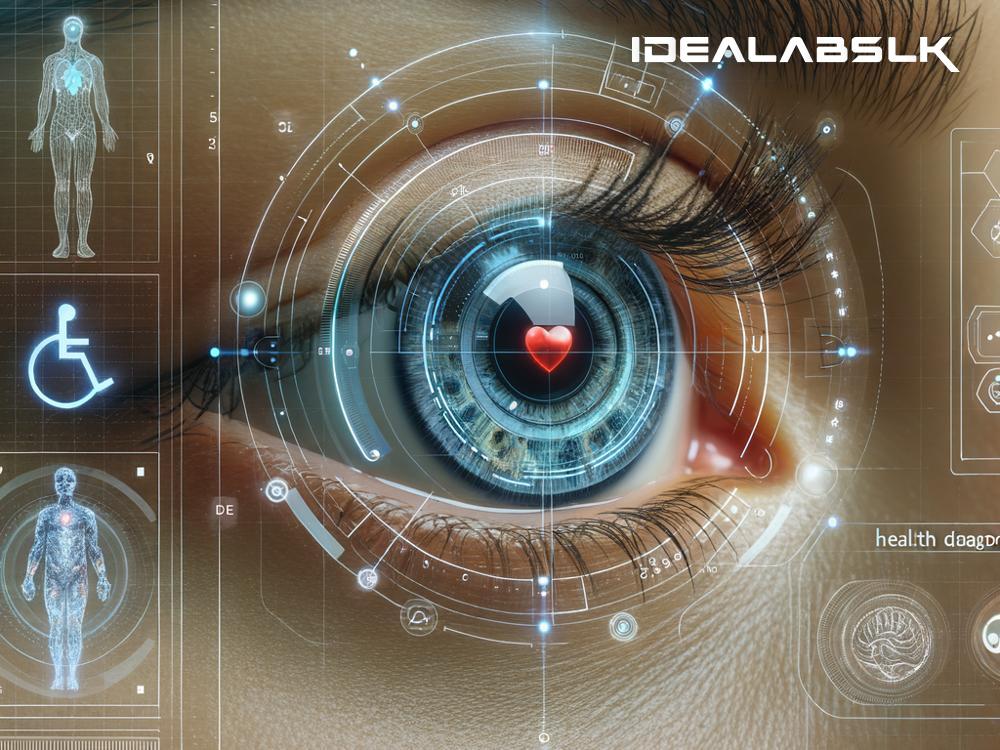How AI is Making a Difference in Spotting Eye Diseases Early: A Closer Look at Retinal Scanning and Diagnostics
In today's fast-paced world, where technology seems to leap bounds almost daily, one of its most heartening applications is its use for enhancing the well-being of individuals. Particularly, when it comes to healthcare, the adoption of Artificial Intelligence (AI) has shown promise beyond what many could have envisioned. An exciting frontier where AI is making significant strides is in eye care, specifically in the early detection of eye diseases through retinal scanning and diagnostics.
The eyes are not just the windows to the soul; they are windows to our health too. Retinal scans, which are detailed images of the back of the eye, can unveil hints about numerous diseases, some of which can lead to blindness if left unchecked. Here, AI steps in as a valuable ally, augmenting the capabilities of eye care professionals and ensuring diseases can be caught well before they wreak irreversible damage.
Understanding AI in Retinal Scanning and Diagnostics
AI, at its core, involves creating computer systems that can perform tasks requiring human intelligence. In eye care, AI programs are trained to read and interpret complex retinal images. This training involves feeding the AI system thousands, sometimes millions, of retinal scans, along with information about the anomalies and diseases present in those scans. Over time, the AI learns to spot these signs on its own, often with a level of precision and speed that surpasses human capability.
The Early Detection Advantage
Early detection is paramount in managing eye diseases. Many conditions, like diabetic retinopathy, glaucoma, and age-related macular degeneration (AMD), can progress to advanced stages without noticeable symptoms. By the time the individual realizes something is wrong, significant damage may already have occurred. AI's ability to accurately and efficiently analyze retinal scans means potential problems can be identified much earlier. This early detection allows for timely intervention, which can significantly slow disease progression or even restore vision.
How AI Works in Practice
Imagine visiting your optometrist for a routine eye check-up. After dilating your pupils, they take high-resolution images of your retina. These images are then analyzed by AI software, which quickly scans for abnormalities. If the AI detects anything unusual, it alerts the optometrist, who can then take a closer look and decide on the next steps, which might include further tests or a referral to a specialist.
This process greatly enhances the efficiency and effectiveness of eye care. AI doesn't get tired or overlook details after reading through countless scans. It consistently applies the same level of scrutiny to every image, ensuring nothing gets missed.
The Real-World Impact
The impact of incorporating AI into eye care is already being felt worldwide. In areas with limited access to eye care specialists, AI can bridge the gap, offering high-level diagnostics without the need for a specialist on-site. This democratization of health care means that more people can receive the timely diagnoses needed to protect their vision.
Moreover, the speed of AI analysis means that more people can be screened in less time, increasing the scope of preventive eye care across populations. This not only saves sight but also reduces the economic burden associated with advanced eye diseases, which often require costly treatments.
Looking Ahead
As AI technology continues to evolve, its applications in eye care are set to expand further. Researchers are working on algorithms that could predict the likelihood of developing certain conditions, based on retinal scans, well before any symptoms appear. This predictive capability could shift the focus even more towards prevention, potentially avoiding some conditions altogether.
Conclusion
The integration of AI into retinal scanning and diagnostics is a shining example of how technology can be harnessed to serve humanity. By assisting in the early detection of eye diseases, AI is not just saving people's sight but also improving their quality of life. As we continue to refine these technologies, the future of eye care looks bright—guided by the brilliance of artificial intelligence, the promise of preserving vision has never been more achievable. With AI, we're not just seeing better; we're seeing ahead.

